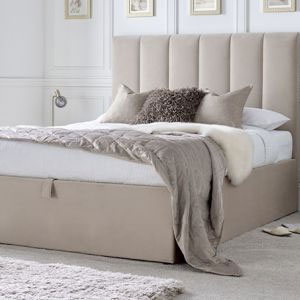
July 2024
"Settlement" in the context of mattresses refers to the gradual compression and indentation that occurs in the mattress over time with regular use. This phenomenon is a natural part of a mattress's lifecycle, but its extent and impact can vary based on several factors:
Foam Mattresses: Memory foam and other foam mattresses tend to experience settlement as the foam compresses and molds to the sleeper's body shape.
Innerspring Mattresses: These may show settlement as the springs lose some of their tension and the padding compresses.
Hybrid Mattresses: Combining foam and springs, hybrid mattresses may exhibit settlement in both the foam and the spring components.
Latex Mattresses: Latex is more resistant to settlement compared to other materials, but it can still show some degree of indentation over time.
Heavier individuals or those who sleep in the same spot every night can cause more noticeable settlement.
Rotating the mattress periodically can help distribute the wear more evenly and reduce significant indentations.
Higher-quality mattresses made with denser materials tend to resist settlement better.
Lower-density foams and less robust spring systems are more prone to quick and significant settlement.
The type of foundation or bed frame used can impact how a mattress settles. A supportive, sturdy foundation helps in minimizing settlement.
Slatted bases, box springs, and platform beds each interact differently with the mattress, potentially affecting its longevity and settlement patterns.
Indentations: Visible impressions or body-shaped dips where you sleep most frequently.
Reduced Comfort: Feeling less support and increased discomfort or back pain.
Visible Wear: Lumps, uneven surfaces, or sagging.
Preventing and Managing Mattress Settlement
Regular Rotation: Rotate the mattress 180 degrees every 3-6 months.
Proper Support: Ensure the mattress is on a suitable foundation.
High-Quality Mattress: Invest in a mattress with good materials and construction.
Regular Maintenance: Periodically vacuum and clean the mattress to maintain its condition.
If settlement leads to significant discomfort, poor sleep quality, or physical pain, it may be time to consider replacing the mattress. Typically, mattresses should be evaluated for replacement every 7-10 years, though high-quality models can last longer with proper care.
 Google 5 Star Rating
Google 5 Star Rating



Bowyer's Beds & Carpets founders, Michael and Brenda Bowyer, have now retired, and the business is now run by their son, Adam, who has inherited their commitment to high quality, exceptional value and unbeatable service levels.